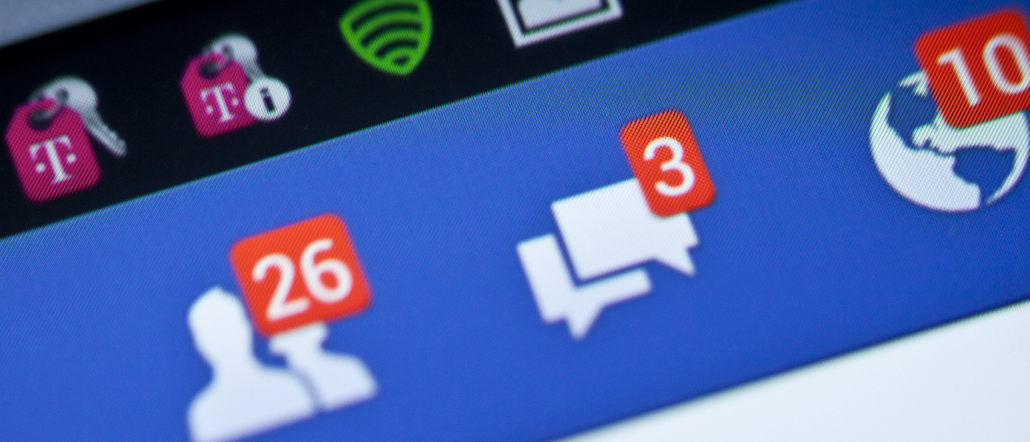Connect with execs from The New York Times, TIME, Dotdash Meredith and many more

You know the spiel by now: Video is booming on Facebook. But as Facebook’s video business becomes an actual business for creators and advertisers, the halo will inevitably wear off.
In recent months, both creators and advertisers have publicly and privately requested Facebook to make various changes and improvements to its video product. These include improving viewability standards, enabling third-party measurement on its platform and fixing a distribution pipeline that makes it really easy for copyrighted content to be uploaded illegally.
“Facebook’s commitment to surfacing natively uploaded videos in the last few months has been an incredible boost,” said Brian Selander, evp of sports digital network Whistle Sports. “There’s still room for growth.”
Define the almighty view.
Until recently, video ads on Facebook were counted by impressions, which meant advertisers were charged as soon as an ad started auto-playing. Obviously, that led to complaints from advertisers who were forced to pay for ads that weren’t being seen by users scrolling past on their news feed.
Facebook responded to those concerns by offering a new pricing option. Now advertisers can choose if they want to pay only when their video has been viewed for at least 10 seconds.
“It’s a good move as it provides more flexibility and transparency for brands and agencies,” said Adam Shlachter, CIO of DigitasLBi. “The ability [for Facebook] to guarantee reaching a more engaged audience, and hopefully a more qualified one, should lead to better performance. If that can be proven out, the money will flow.”
But that only partially addresses viewability. Facebook has a looser definition (viewable as soon as it enters the user’s screen) than the industry standard (50 percent of the video is in view and has played for two seconds).
“I don’t think anyone is going to shift spend significantly [to Facebook] when these definitions haven’t been improved,” said one ad exec, who requested anonymity due to a business relationship with Facebook.
Open the doors.
Right now, advertisers have to trust Facebook on how their ads are performing — great for Facebook, but not necessarily for those who want some validation that their money is being well spent on the social network.
“Allowing for more third-party tracking and measurement would be a great next step,” said Schlachter.
Facebook seems to be addressing these concerns. It’s in talks with the MRC and measurement companies like Nielsen to figure out how to measure video on mobile. The move suggests third-party verification is coming to Facebook in some fashion or another, but until then, the company is still expecting advertisers to rely on its own data — and advertisers will continue to complain about that.
Police the pirates.
Like YouTube, Facebook has to deal with the illegal distribution of copyrighted content on its platform, especially as it begins to open monetization for media companies and video creators on its platform. Ironically, many videos on Facebook are ripped from YouTube. What goes around comes around. This issue was raised when Fullscreen CEO George Strompolos went on a tweetstorm last month complaining about the inability to “monitor and monetize” the use of copyrighted videos on Facebook.
“It would be great to know if somebody else has decided to show your unique content in a way that doesn’t connect to or credit your creator, so you can help change that,” said Selander.
Here, something akin to YouTube’s Content-ID system, which scans user uploads for copyrighted material and gives rights-holders the option to either take them down or run ads against them, would work well. Of course, with partner monetization still on the horizon for Facebook, in the near term that would mean more monitoring than monetization for rights-holders.
Do original content.
All platforms are throwing caution to the wind and getting into original content in some way. That’s particularly the case in video, where Netflix and Amazon have not been content to be mere distributors of video content but creators in their own right.
“Facebook has the ability to tap into any audience,” said Greg Manago, creative development and production lead at Mindshare Content+ and Entertainment. “Netflix and Amazon have a pipeline into your house, but Facebook has a pipeline into your life. It’s the first thing people do in the morning, before they go to bed — nobody goes to Netflix 27 times in a day.”
So far, Facebook has been wary of getting very involved with original content. The closest it’s come is the Anthology program, which pairs digital publishers like Tastemade, Vice and Vox with brands to create exclusive videos for Facebook.
For creators, Facebook going full-bore into original content would mean a new buyer to sell to, and for advertisers, it would mean more premium video content to associate with on the Web — which isn’t exactly known for must-watch programming outside of Netflix and Amazon.
“I think it could be a game-changer for the industry,” said Manago. It’s not natural to Facebook, “but then again, Google wasn’t about video until they bought YouTube,” he said.
Homepage image via Twin Design / Shutterstock.com
More in Media

Three publishers’ workforce diversity reports show DEI efforts remain sluggish
Overall, staff diversity at The New York Times, Hearst and Condé Nast has either marginally improved or stalled in 2024, according to their annual workforce diversity data this year.

Retail media meets publishing: News UK, Future and Ocado tap clean room tech for smarter data targeting
News UK, The Independent, Immediate Media and Future are teaming up with retail media network Ocado to test clean room-powered data matching.

From sidelines to spotlight: Esports events are putting creators center stage
Esports events’ embrace of content creators reflects advertisers’ changing priorities across both gaming and the wider culture. In the past, marketers viewed esports as one of the best ways to reach gamers. In 2025, brands are instead prioritizing creators in their outreach to audiences across demographics and interest areas, including gaming.





